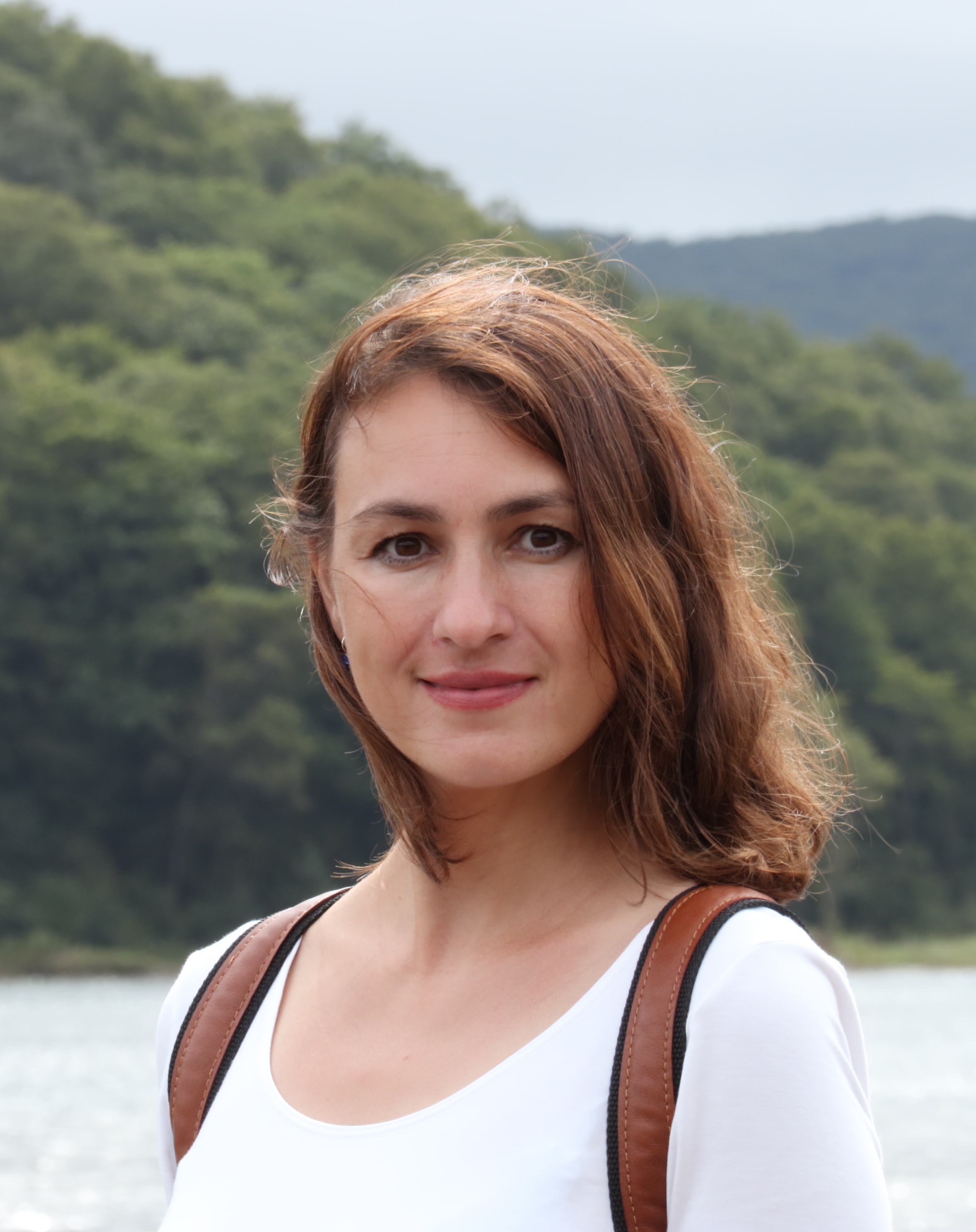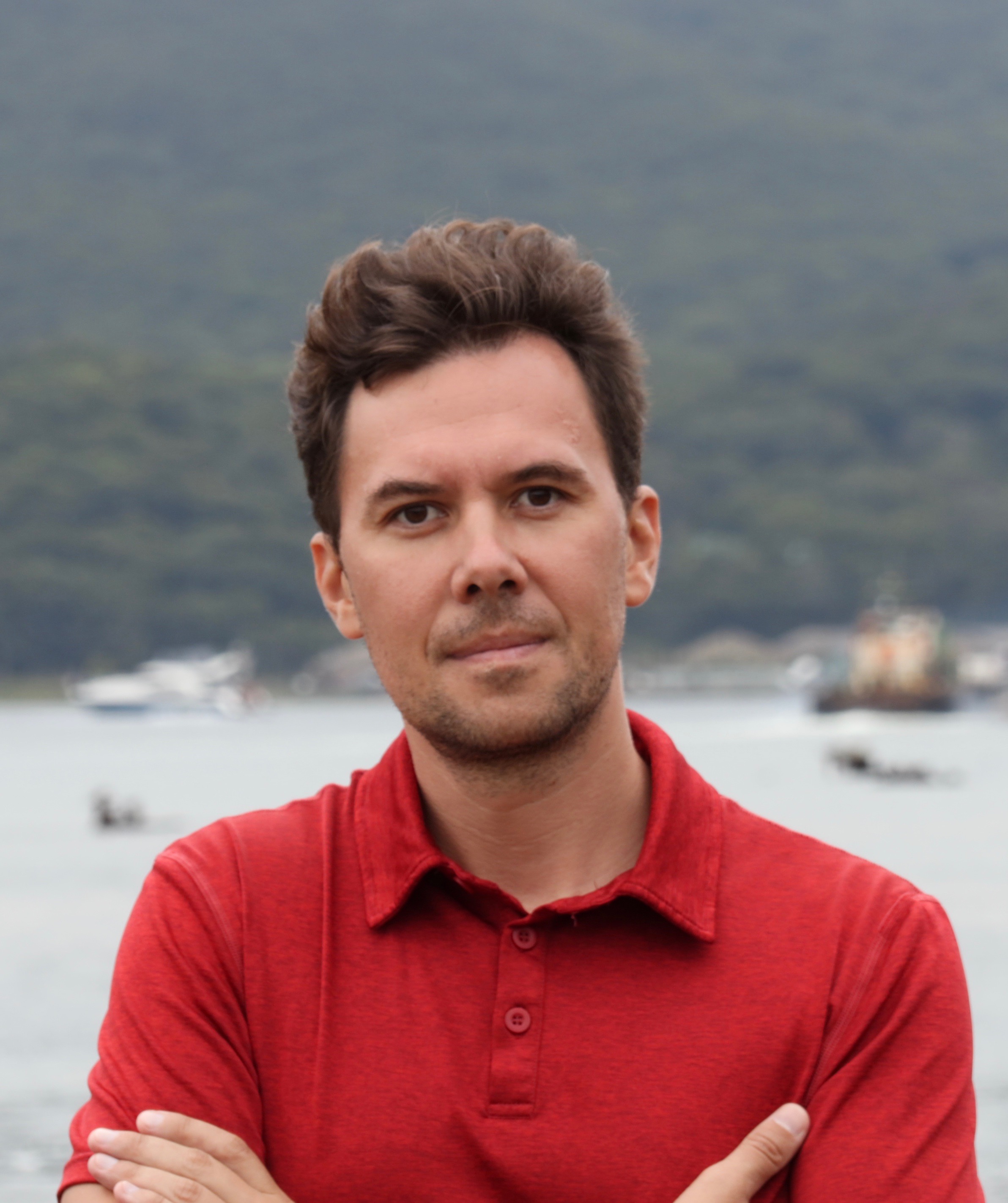The article examines the process of creation of the documentary film “At the Sectarians” by A.N. Terskoi (1930) as a case for history of the formation of a special genre of educational cinema about the peoples and cultures of the 1920s and 1930s titled as Soviet anti-religious film. The film of A.N. Terskoi was created during the work of the Lower Volga expedition, organized by the Academy of Sciences, Glavnauka and the Central Council of Atheists under the general supervision of N.M. Matorin and the direct supervision of A.M. Pokrovsky in 1930. The work “At the Sectarians” reflected the ideological foundations of the era (the fight against anti-religious prejudices) as well as the search for a new film language in early Soviet cinema. In the article little-known visual and text materials (including one’s from the journal “Antireligioznik”) regarding the process of creating the film are considered. Analysis of this work reveals an idea of the practical embodiment of the author's theoretical approach to creation of an ideologically verified, dramatically integral documentary film. It is concluded that the film “At the Sectarians” reflected a whole range of humanitarian positions of its time – the views of filmmakers, scientists, scientific atheists as well as contained a valuable ethno-anthropological material about the sectarian movement in the USSR in the 1920–1930s. The film experiments of A.N. Terskoi (including the film “At the Sectarians”) became the important stage in the history of Russian visual anthropology. The film “At the Sectarians” demonstrated new understanding of the features of ideological, conceptual and creative motives for the creation and application of anti-religious films in the USSR in the 1920–1930s.
Keywords: anti-religious movement in the USSR, sectarianism, anti-religious film, cultural revolution, ideology, propaganda, Lower Volga expedition to sectarians (1930), film “At the Sectarians” (1930), Anatoly Terskoi
DOI: 10.22250/20728662_2022_1_147
About the authors
 |
Elena V. Golovneva – DSc (Philosophy), Senior Researcher of the Peter the Great Museum of Anthropology and Ethnography (Kunstkamera) of RAS; |
 |
Ivan A. Golovnev – DSc (History); Senior Researcher of the Peter the Great Museum of Anthropology and Ethnography (Kunstkamera) of RAS; |






